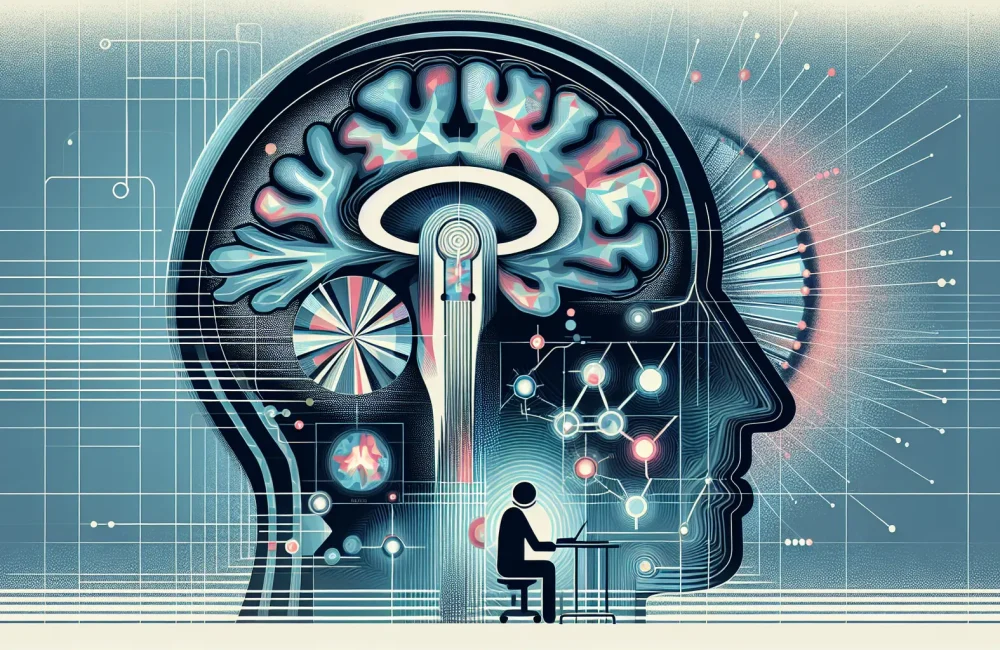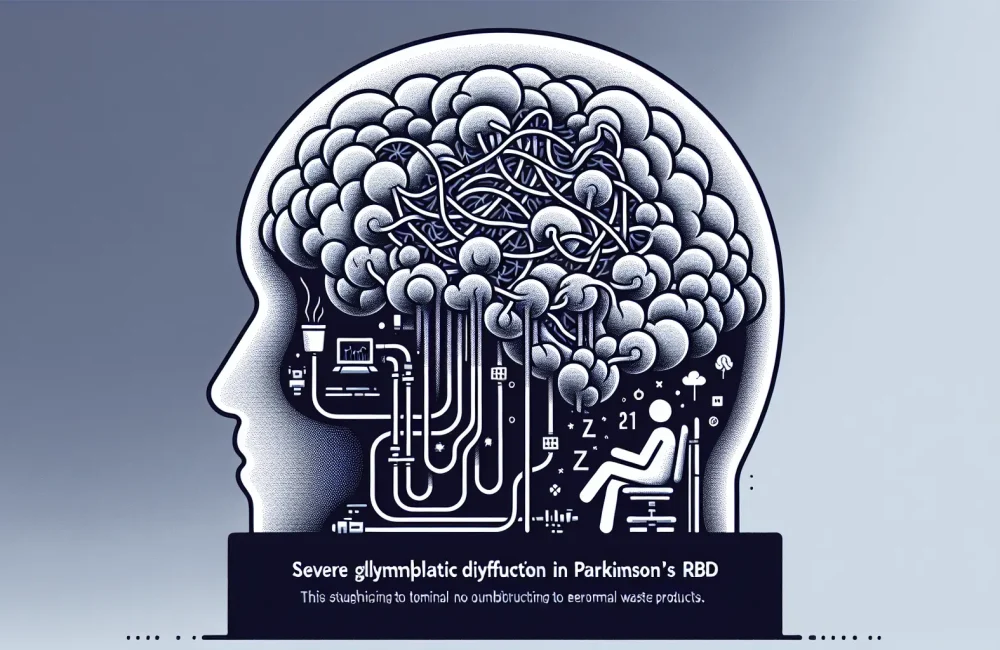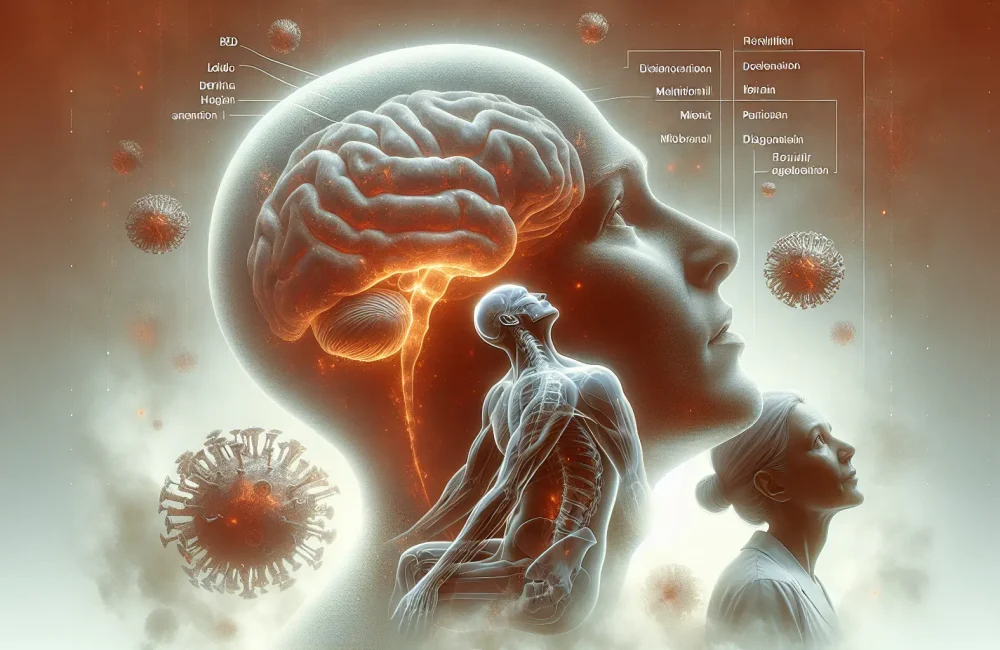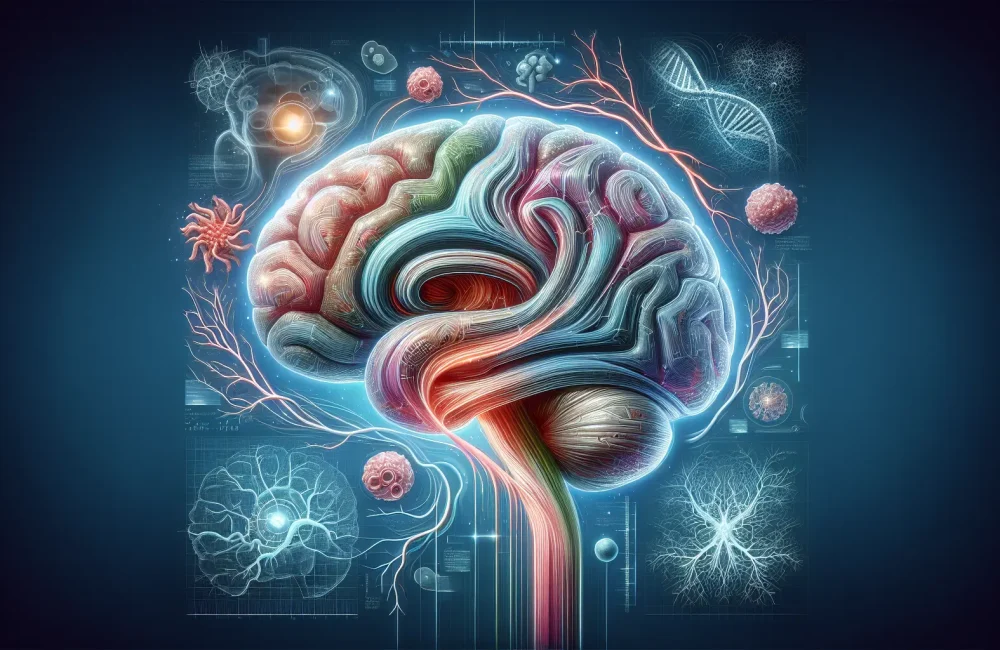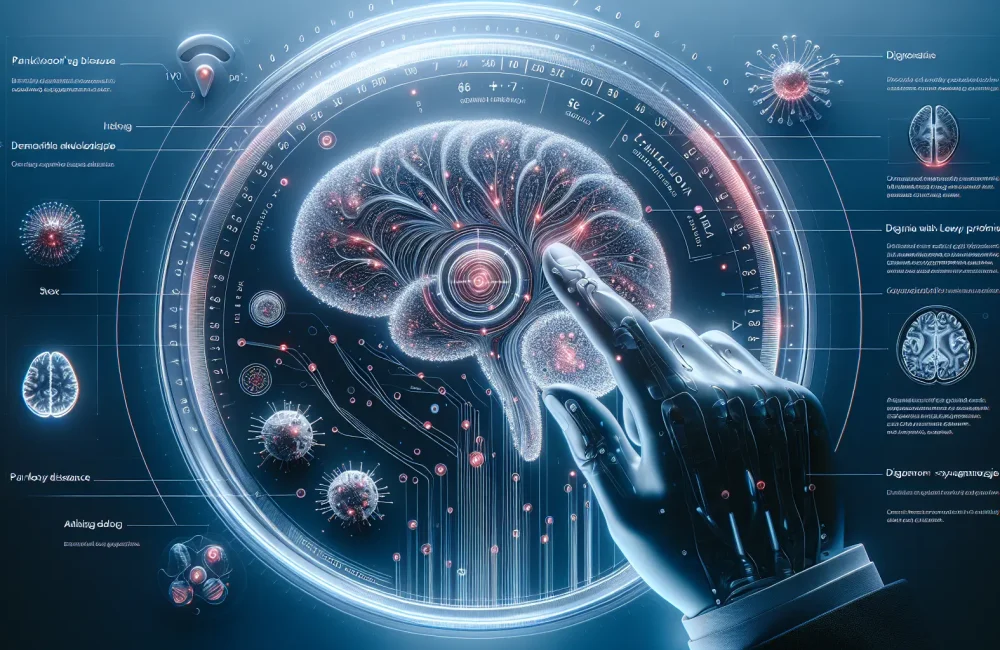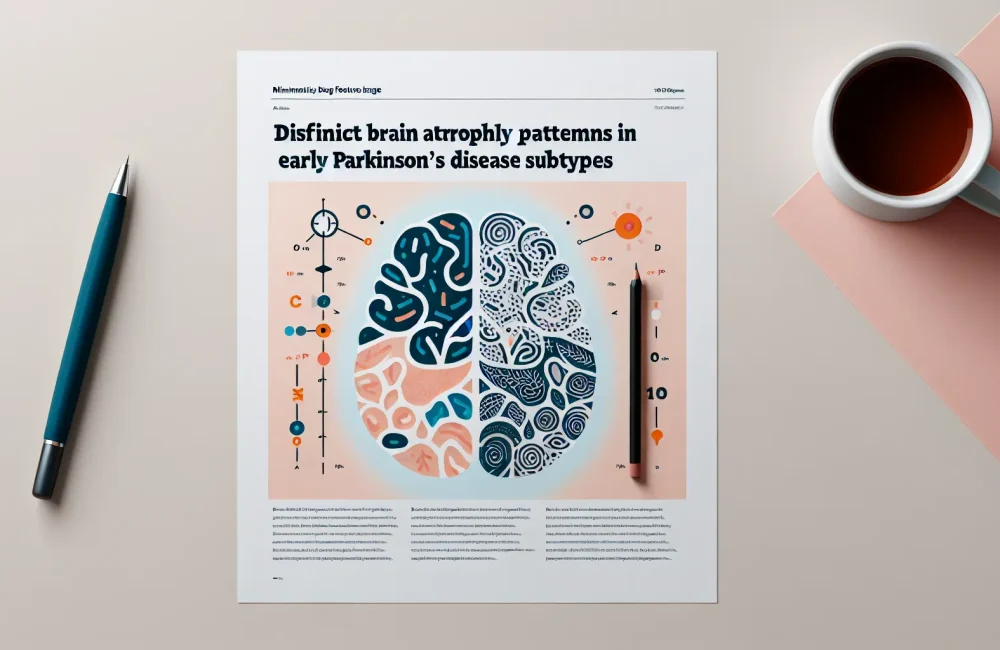By CAFMI AI From npj Parkinson’s Disease (Open Access)
The Promise and Potential of Adaptive Deep Brain Stimulation
Adaptive deep brain stimulation (aDBS) for Parkinson’s disease (PD) represents a significant advancement in neuromodulation therapy designed to improve clinical outcomes for patients. Unlike conventional deep brain stimulation (DBS), which delivers continuous electrical stimulation at fixed parameters, aDBS dynamically adjusts stimulation in real-time based on feedback from neural signals. This targeted feedback mechanism holds promise for enhanced symptom control, reduction of common DBS-related side effects, and improved battery longevity of implanted devices, addressing several limitations of current therapies. The recent Delphi consensus study gathered expert insights from leading clinicians and researchers specializing in Parkinson’s disease and neuromodulation to evaluate the readiness of aDBS for widespread clinical adoption. Experts expressed cautious optimism about aDBS, foreseeing its transition from experimental settings into practical treatment options within a few years, contingent on successful resolution of existing technological and regulatory challenges. This marks a pivotal moment for clinicians managing PD, potentially enabling more personalized and effective treatment protocols.
Key Clinical Insights and Technological Challenges
The Delphi study underscores several critical clinical findings and technological hurdles that must be navigated to realize the full potential of aDBS. One major highlight is the improved symptom control that aDBS could offer, particularly for motor fluctuations and dyskinesia, which are often difficult to manage with conventional DBS. Early clinical trials have demonstrated that aDBS can more precisely modulate stimulation intensity, reducing off-period symptoms and motor complications. Patient selection criteria emerged as a vital consideration; optimal candidates for aDBS include those with clear motor fluctuations responsive to DBS but who experience side effects or battery depletion issues with standard devices. The study also details the need for reliable neurophysiological biomarkers—real-time signals that the aDBS system can use to guide stimulation adjustments accurately. Progress in developing closed-loop algorithms capable of interpreting these biomarkers and adjusting stimulation parameters autonomously is essential. Despite these advances, challenges like device miniaturization, long-term safety data, and regulatory approvals remain significant obstacles. Clinicians should prepare for evolving workflows incorporating aDBS technology and anticipate prolonged patient monitoring and counseling to maximize benefits and manage expectations.
Looking Ahead: Integration and Patient Care
Future directions for adaptive DBS include integration with emerging wearable technologies and personalized medicine approaches to further refine treatment responsiveness. The study emphasizes the importance of multidisciplinary collaboration among neurologists, neurosurgeons, engineers, and patient advocacy groups to accelerate device innovation and streamline clinical implementation. Patient education and engagement will be crucial to ensure adherence and satisfaction, especially as aDBS introduces complexities in device management. Ethical considerations surrounding data privacy and long-term neural modulation effects also require continued attention. Overall, successful adoption of aDBS will depend on ongoing clinical trials, robust post-market surveillance, and developing infrastructure to support comprehensive patient care pathways.
Read The Original Publication Here

